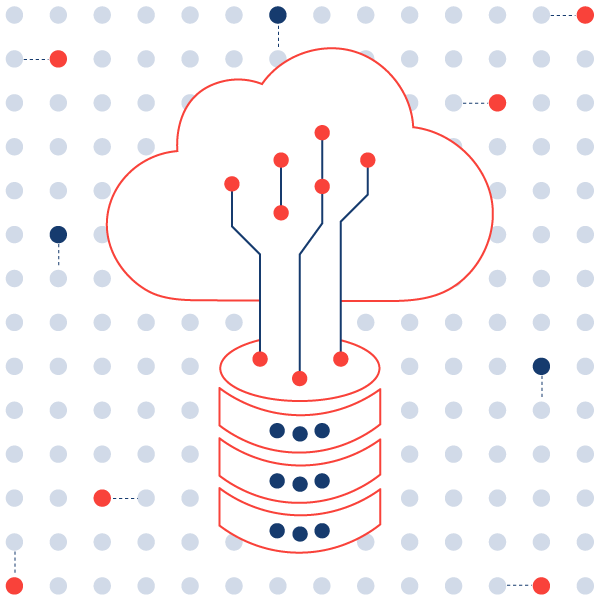Why Implement AWS EMR?
AWS Amazon Elastic MapReduc (EMR) is a cloud platform which makes it easy to create and manage fully configured, elastic clusters of EC2 instances, running Hadoop and other applications in the Hadoop ecosystem. Create as many clusters as you need in a matter of minutes, enable analytics on large data sets including business critical data, clickstreams, logs, and more. Let your data science team spin up the clusters they need in order to experiment and create value for your business.
Reduce complexity
Optimize costs
Gain flexibility and scalability
Secure big data workloads
Get high-availability and reliability
Integrate seamlessly
What We Do
Zelusit will help you plan and implement a scalable and secure solution to best fit your organization’s analytics requirements. We’ll help you build an environment that will allow your team to get resources and insights when they need them, at a fraction of the complexity and cost of an on-prem solution. Our solution will also help reduce administration and maintenance costs.
Approach to AWS EMR Implementation
AWS Data Lake Implementation
Skylight Health Group is expanding and acquiring new clinics, along with all their data. The group needed to integrate numerous electronic medical records (EMR) systems and provide healthcare practitioners with predictive analytics.
Zelusit built a data management solution that makes it easy for Skylight Health’s teams to add users and access real-time data—without more infrastructure.
10x
more productive analytics team
0
manual effort needed to produce unified and consolidated reports
0
infrastructure maintenance needed
Frequently Asked Questions
Let’s Modernize with AWS EMR
Easily ingest data into your cluster with EMR’s many options – uploading data from S3 and DynamoDB or using DataSync, Direct Connect and Snowball to move your on-prem data to the EMR cluster.

